(CPV) - Having set foot on the historic land of Dien Bien Phu many times, we have never felt as excited as this time. It is in the joyful atmosphere of the whole country towards the 70th anniversary of the historic victory of Dien Bien Phu, famous in five continents, shaking the world (May 7, 1954 - May 7, 2024).
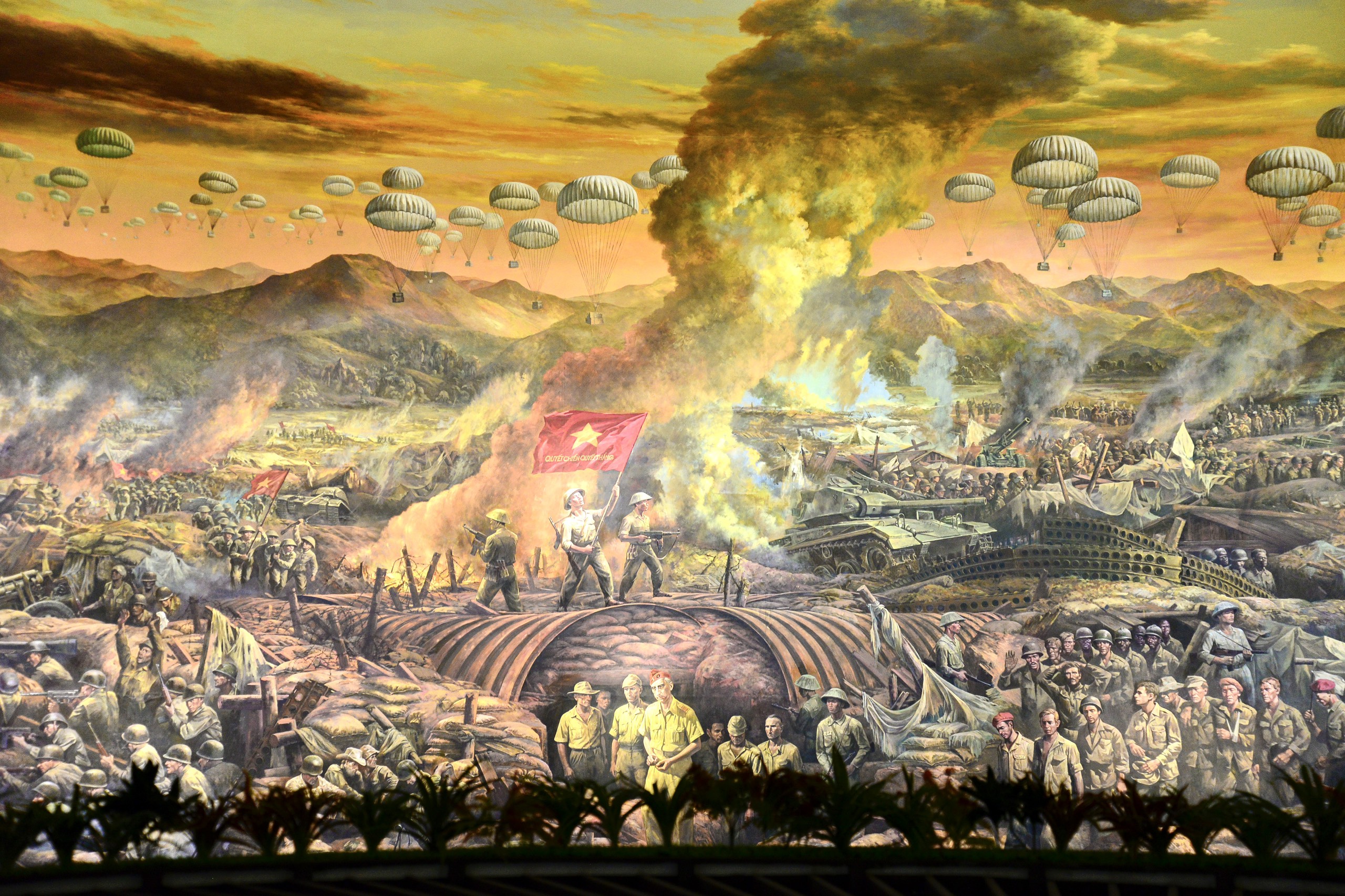 |
The artwork is elaborately invested, vivid and considered a priceless asset, marking the historical values and heroic fighting tradition of our army and people.
The weather of these early summer days at the end of April is quite hot but it does not reduce the excitement of each of us for the trip. Joining tens of thousands of tourists, people, and veterans who have returned for many days to the red addresses that made the Dien Bien Phu victory, to learn about history, to recall a legendary campaign of a young army, but with the combined strength of the entire nation, with the will to fight and win, defeated a powerful colonial empire with the sacrifices and hardships of 9 years of long resistance and 56 days and nights of digging mountains and sleeping in tunnels. We - the artists from the land of the ancestors - King Hung, made this trip to learn about the reality of the Northwest, each person pursuing an idea with their own emotions to serve their creative and research work. The road to Dien Bien is also an opportunity for us to visit and learn about red addresses such as: Co Noi Intersection - the place 70 years ago was the important "throat" where the French army was determined to block the transport route for our Dien Bien battlefield, where hundreds of Youth Volunteers heroically sacrificed themselves to write an immortal epic; Son La Prison - where thousands of loyal communist soldiers of the Party were detained, moved by the brutal torture of the prisoners, the miraculous escapes...; Pha Din Pass - the legendary road that has been mentioned in poetry, music and paintings, poet To Huu wrote: Pha Din Slope, she carries, he carries/ Lung Lo Pass, he sings, she sings...; to Muong Phang - the campaign headquarters of General Vo Nguyen Giap and the generals of our army; De Cat Tunnel, Hill A1, Martyrs' Cemetery, Martyrs' Temple and Victory Monument; and also the meetings, exchanges and sharing of research and creative experiences with leaders and artists of the Literature and Arts Associations of Hoa Binh, Son La, Dien Bien, warmly with colleagues... But the most impressive thing for us - the artists on this trip, besides the feeling of the innovation of the socio-economic development of Dien Bien province, the rapid urbanization of Dien Bien Phu City in the brilliant flags, towards the 70th anniversary of the victory, is the Dien Bien Phu Victory Museum - where the evidence of the war is displayed. Especially the Panorama painting (panoramic picture) depicts the whole scene of the Dien Bien Phu Campaign in the main space of the Museum. Honestly, when visiting this Museum before, looking from the outside, I wondered: Why did the architects create the shape of a conical hat in the center of the Museum? Although I understand that the diamond-shaped decorative motif around the painting is reminiscent of the camouflage net on the hat - a characteristic of the army at that time, the space inside has no function. Now, this question has been resolved when standing in front of this "huge" painting. That is not wrong, because as an artist, with many years of working in the field of foreign affairs, I have set foot in many large museums in the world, but this is the first time I have witnessed a large-scale and magnificent painting that is beautifully displayed in Vietnam. This is truly a work of art that has been meticulously invested in, is vivid and is considered a priceless asset, marking the historical values and heroic fighting traditions of our army and people for future generations. The first and only circular painting in Vietnam, the largest in Southeast Asia, is considered one of the three largest war-themed paintings in the world. This work is 132m long and 20.5m high (larger than the famous circular painting depicting the Battle of Borodino in the Victory Museum in Moscow, which is 115m long and 15m high). With the adjacent dome depicting clouds and sky, it has created a painting with a surface area of up to 3,225m². The painting is displayed on the entire inner surface of the truncated cone of the Museum - a cylindrical building with a diameter of 42m. More than 4,500 characters and the Northwest mountain scenery are recreated realistically and vividly through the talented brushwork of more than 100 painters with the ability to express reality, along with their assistants. The work is painted with oil paint on canvas, in a 360-degree space. The stages of the Campaign are recreated continuously, combined with floating blocks and many tools of war such as guns, ammunition, vehicles, tents and even soldiers' corpses arranged realistically, transitioning in a way that is consistent with the images in the painting, creating a space that is both real and virtual, making a strong impression on the viewer's vision. Do Ngoc Dung
dangcongsan.vn
Source: https://dangcongsan.vn/tu-tuong-van-hoa/buc-tranh-toan-canh-panorama-them-dau-an-ve-chien-dich-dien-bien-phu-663990.html



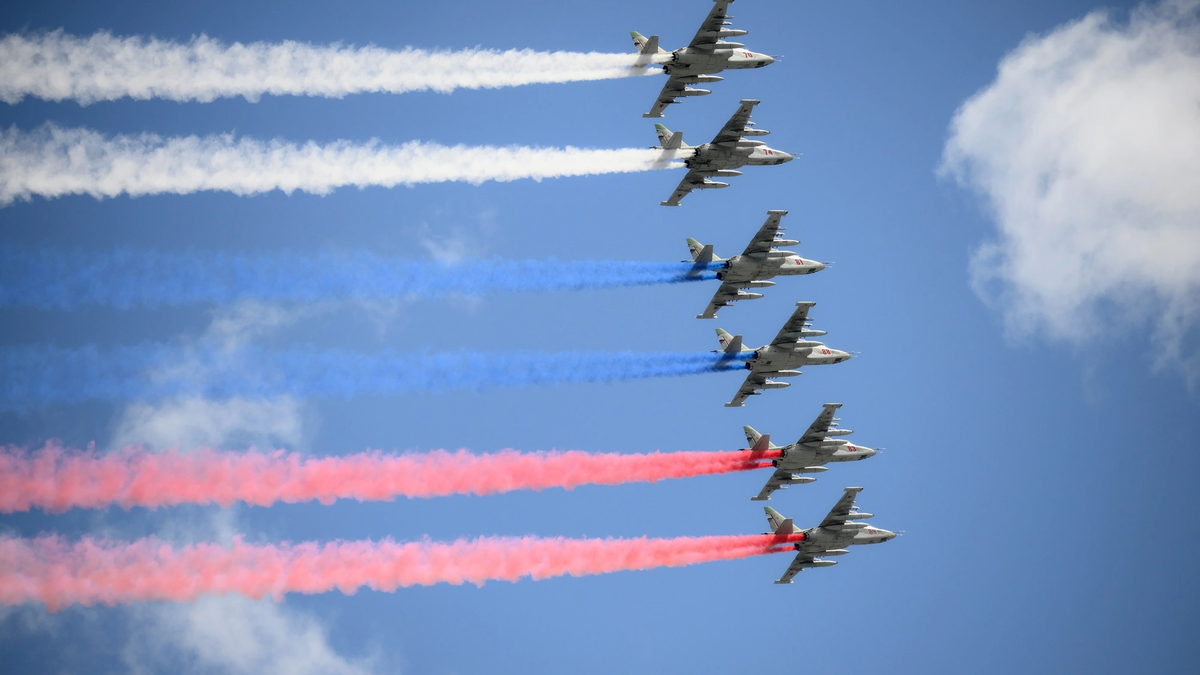
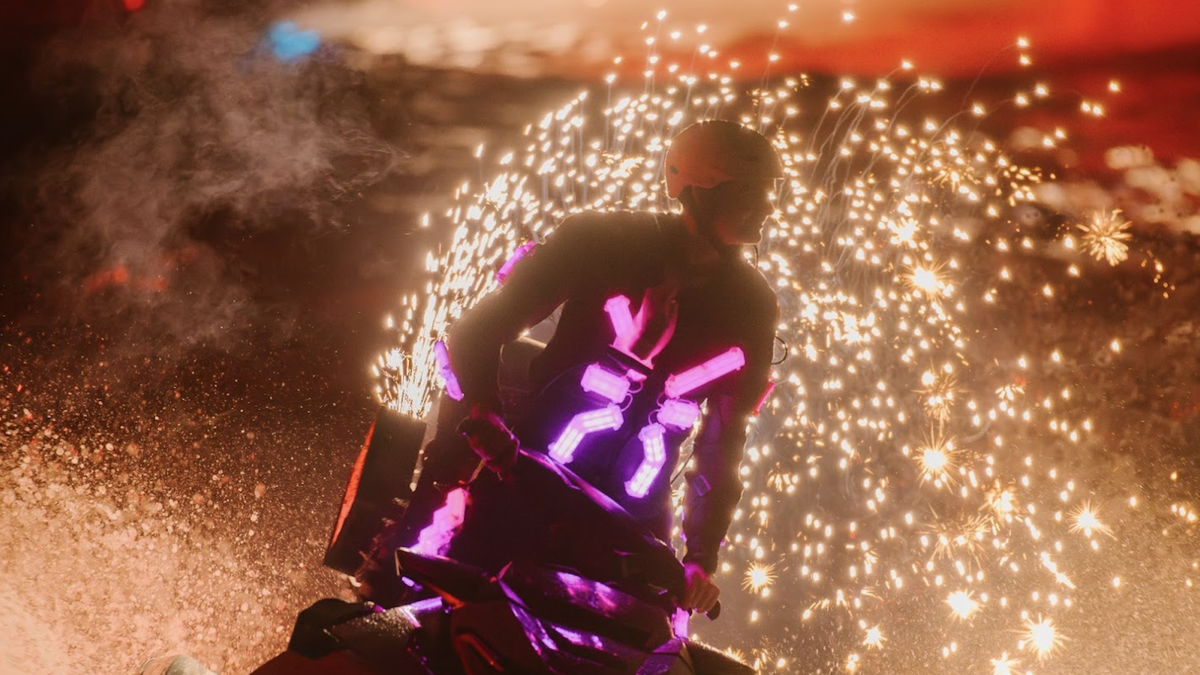
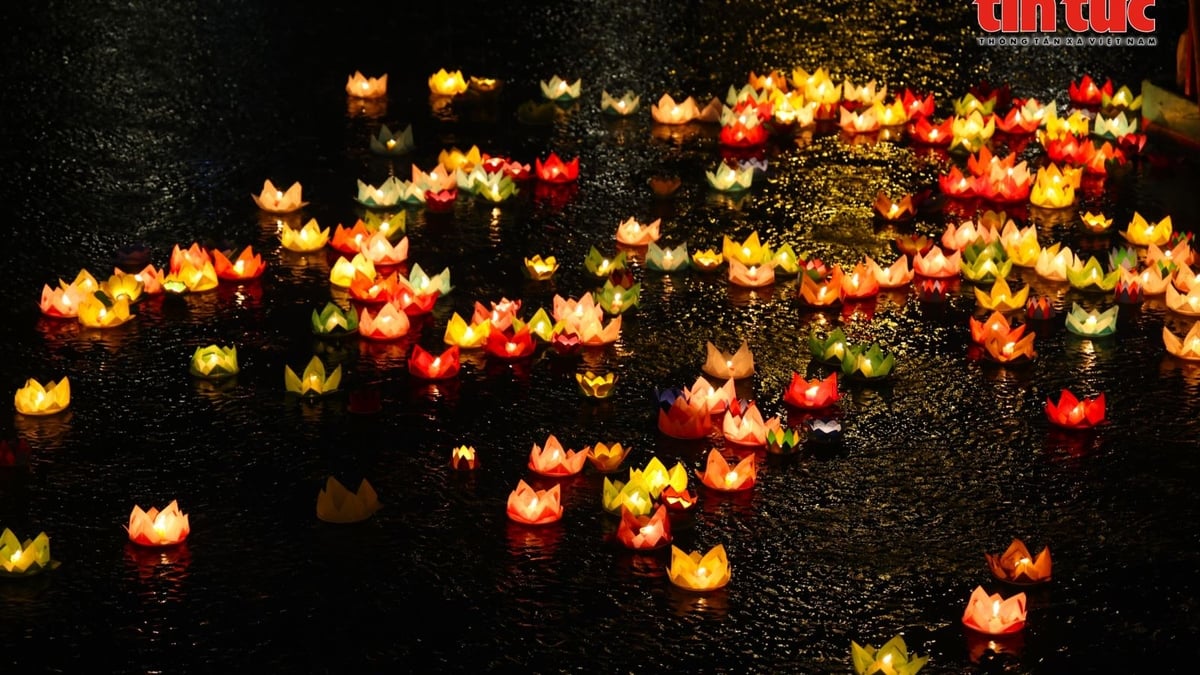
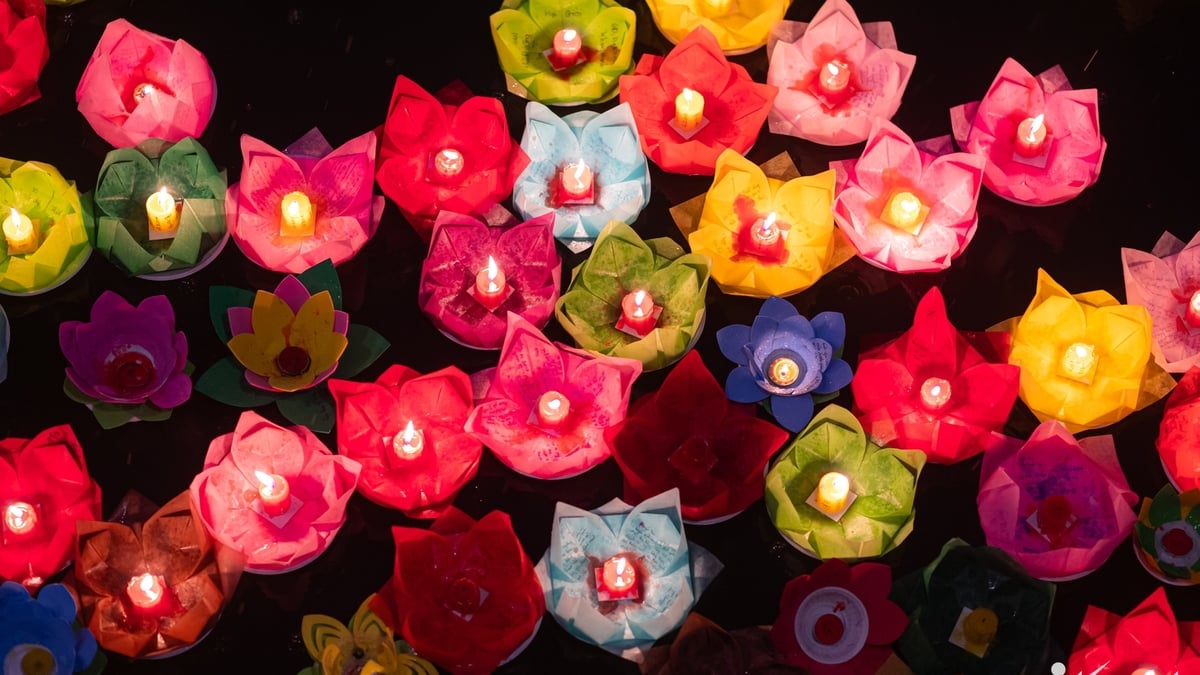
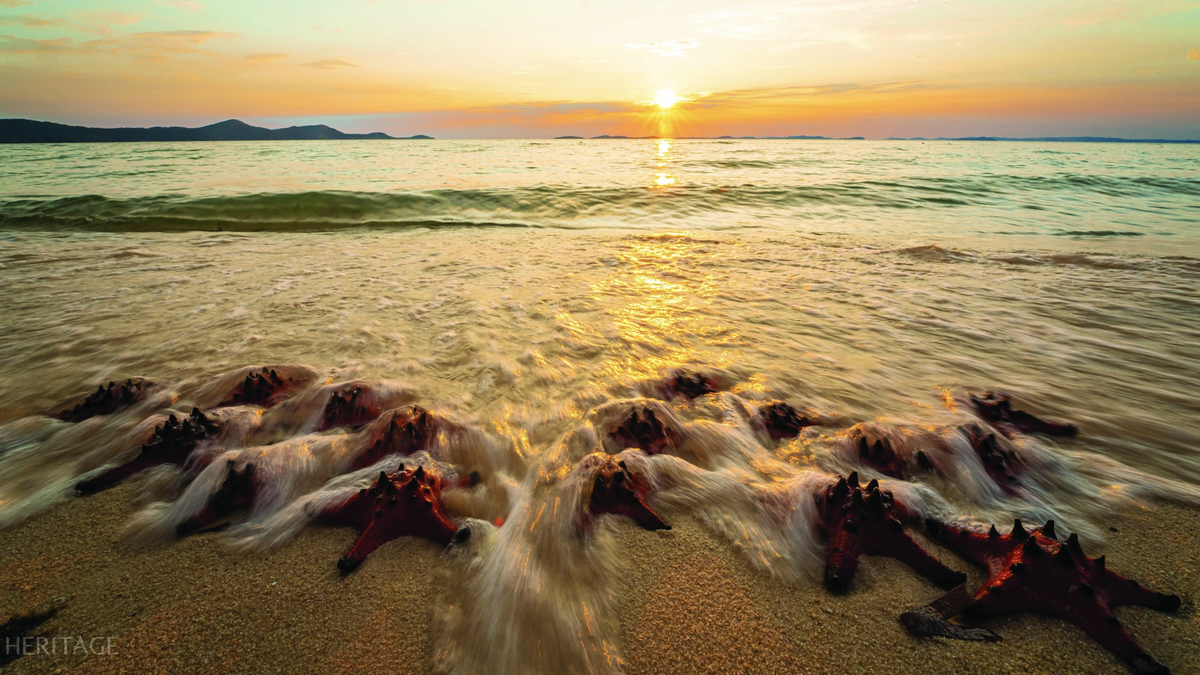




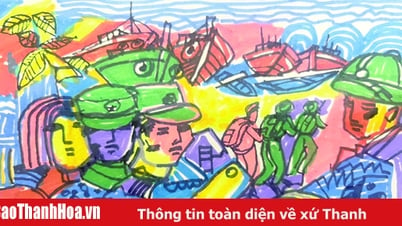

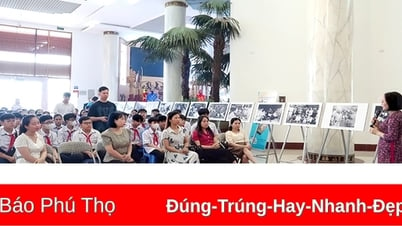

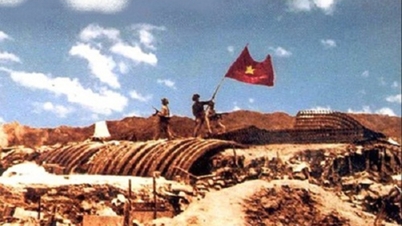
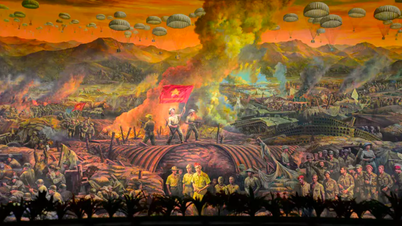

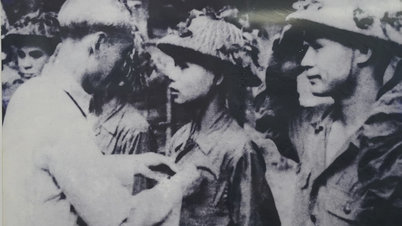
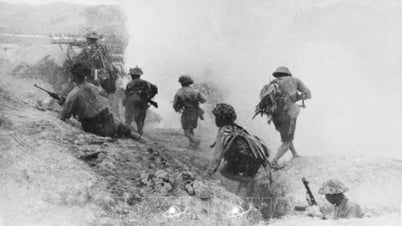





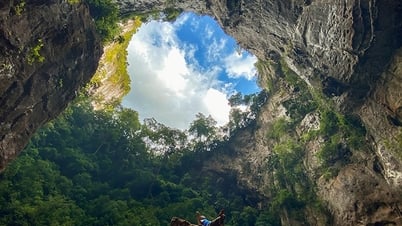
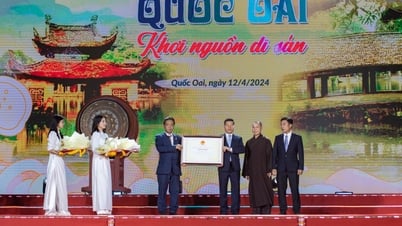

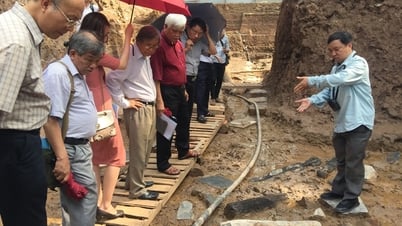
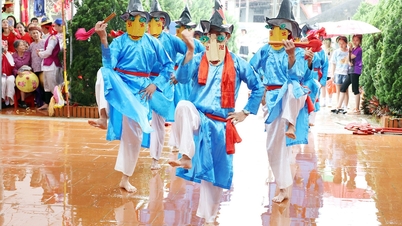
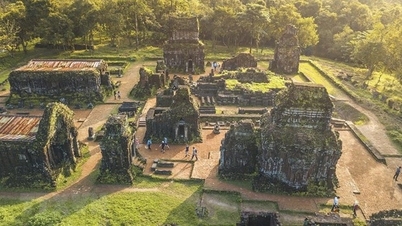
![[Photo] Ho Chi Minh City: Many people release flower lanterns to celebrate Buddha's Birthday](https://vphoto.vietnam.vn/thumb/1200x675/vietnam/resource/IMAGE/2025/5/10/5d57dc648c0f46ffa3b22a3e6e3eac3e)
![[Photo] General Secretary To Lam meets with Chairman of the Federation Council, Parliament of the Russian Federation](https://vphoto.vietnam.vn/thumb/1200x675/vietnam/resource/IMAGE/2025/5/10/2c37f1980bdc48c4a04ca24b5f544b33)
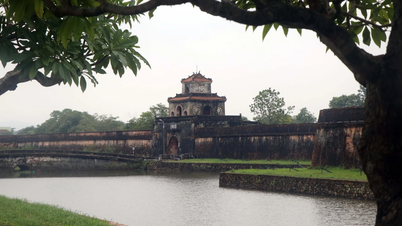

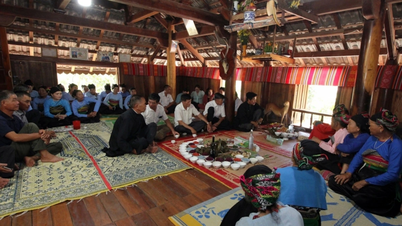

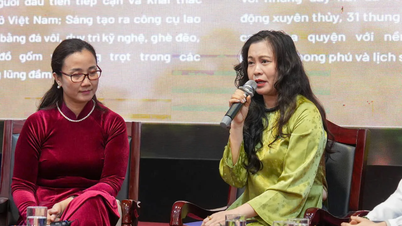

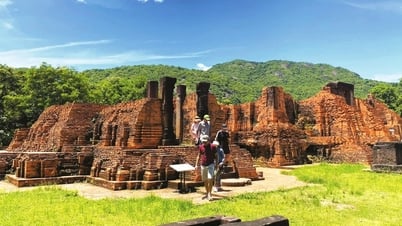

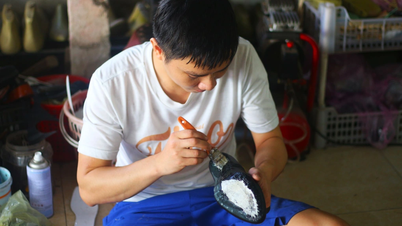

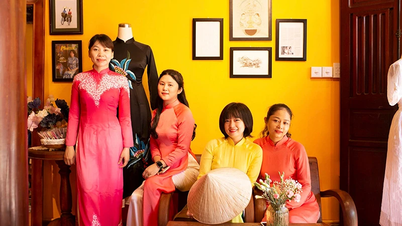

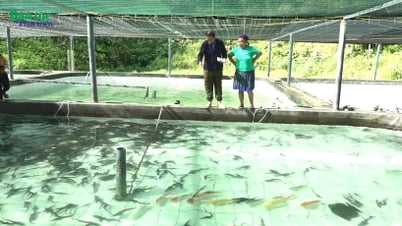



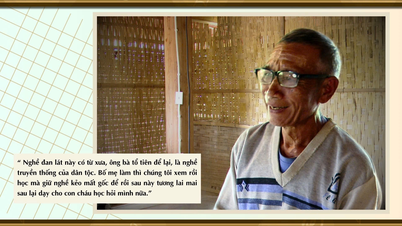

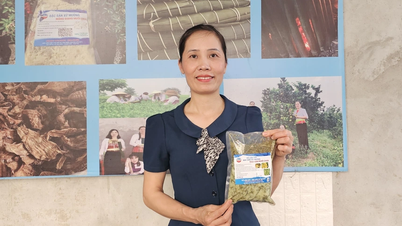












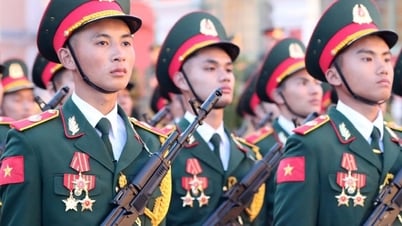

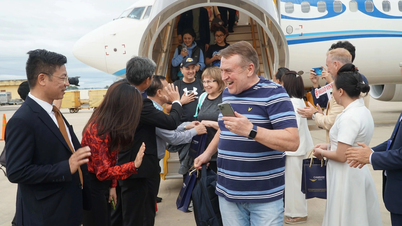



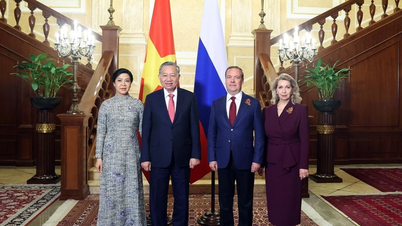





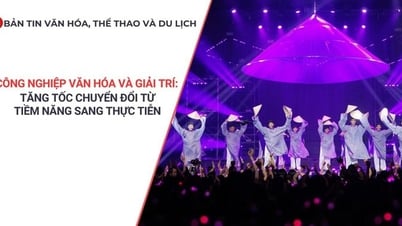
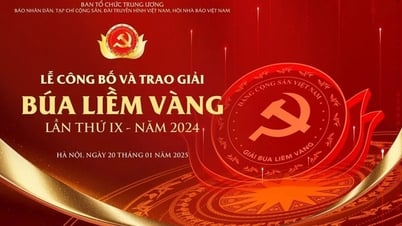



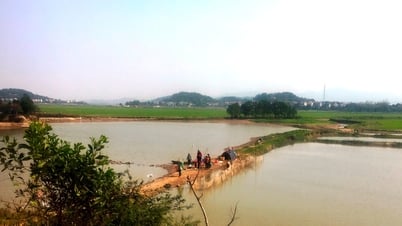

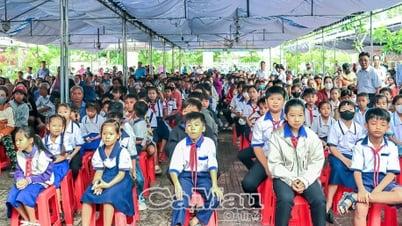

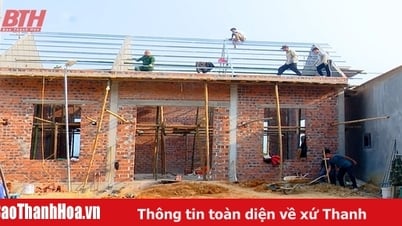

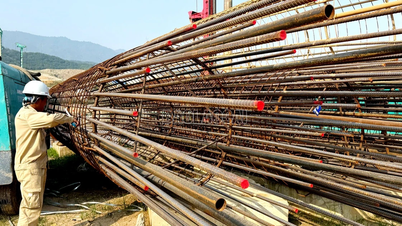

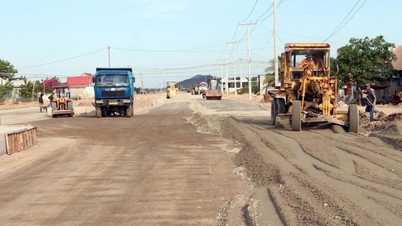

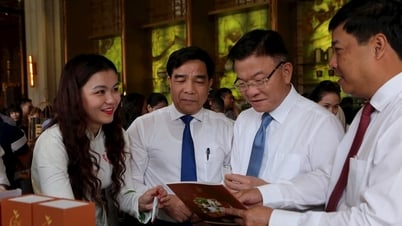

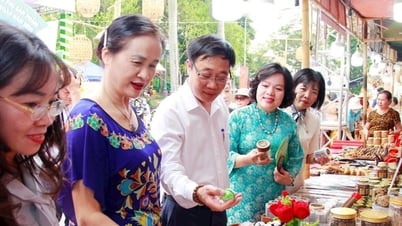

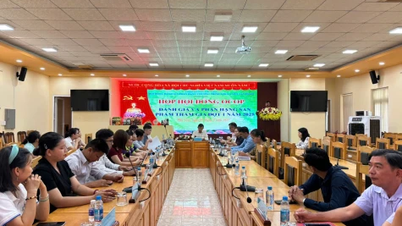

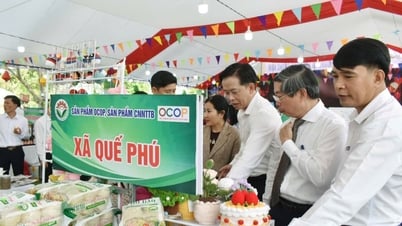
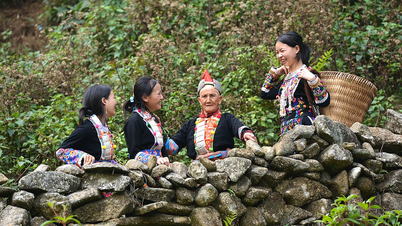




Comment (0)